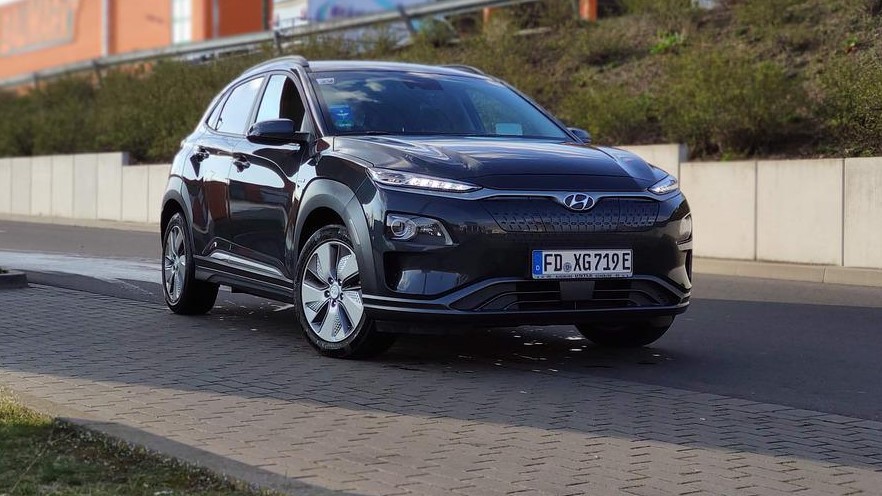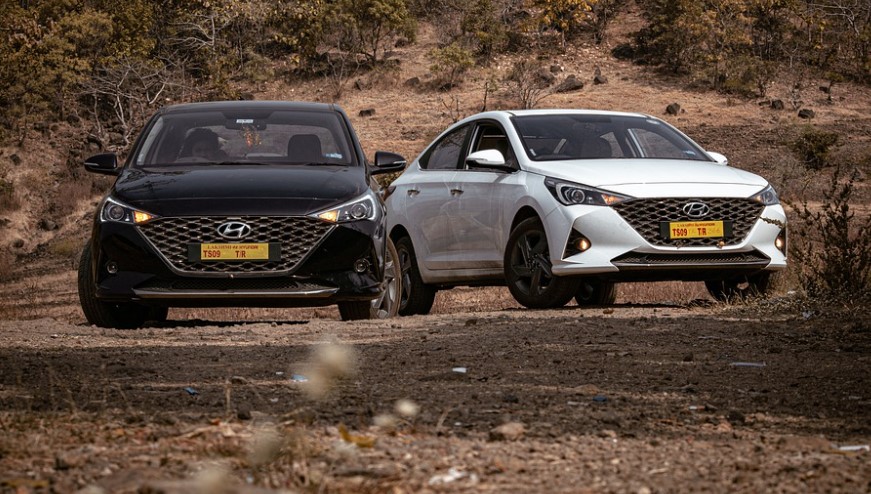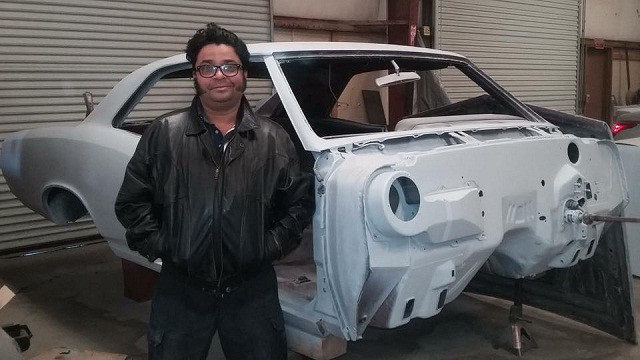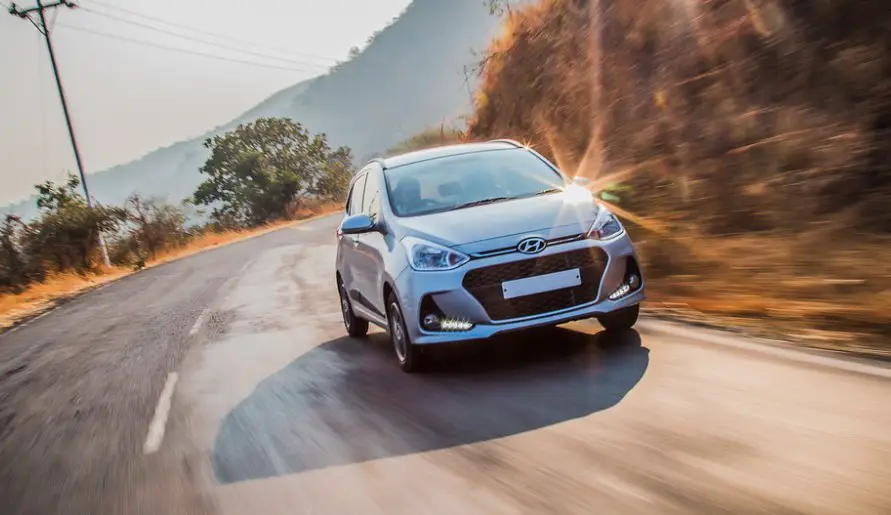Last Updated on February 15, 2023 by Leepu Da Maxim
Kia Motors and Hyundai motor company are different automobile companies, but Hyundai has a controlling stake in Kia corporation. Both companies are under the Hyundai motor group, with other members such as Ioniq and Genesis in the automobile sector and others in the furniture, auto parts, steel, and construction sectors.
Key Takeaways
- Hyundai and Kia are South Korean companies and are the largest and second-largest automobile manufacturers in that country, respectively
- Hyundai Motor Group owns a 33.88% stake in Kia, so Kia is a sister concern of Hyundai
- Both Hyundai and Kia share some resources like research and development, production facilities, components, etc.
- Though both Hyundai and Kia offer similar types of vehicles, Kia focuses more on sporty and youthful designs, while Hyundai focuses on conservative and practical designs
Is Kia Part of Hyundai?

Yes, Kia is part of the Hyundai Motor Group. Here’s how it happened; in 1998, Kia filed for bankruptcy, and Hyundai motor group bought 51% of shares in the company. This purchase merged the two manufacturers under one company umbrella, but the brands continued distinctly.
Today, Hyundai owns a third of Kia’s shares, but their car designs and manufacturing are different, making them distinct in style and performance. Both brands have an exciting history since they were founded to date. They are both award-winning brands that are worth reading about.
History of Kia

Kia Motors Corporation was founded in 1944 as Kyung sung precision industry, a company manufacturing bicycle parts and steel tubing. In 1951, the company made the first bicycle for the mass market in Korea, and the following year, it changed its name to Kia Industries.
Between 1952 and 1960, Kia made motorcycle parts and assembled motorbikes for Honda.
In the 1960s and 1970s, the company produced cars and trucks for Mazda. In 1973, they built the Sohari plant, its first integrated automotive assembly plant. Kia built the small Mazda-based range of cars known as Brisa until 1981, when the new military dictator Chun Doo-hwan forced industry consolidation.
Kia gave up the production of passenger cars and focused entirely on light trucks. Before this shutdown, Kia had added two foreign models assembled under license; the models were the Peugeot 604 and fiat 132.
Importing the kits for these models was permitted as long as Kia exported five cars for everyone model brought in. in 1986, Kia rejoined the industry and partnered with ford. They also made Mazda-derived vehicles for the budget market in South Korea and export.
In 1992, Kia Motors was incorporated in the USA, with the first Kia-branded vehicles sold in the US. The brand became successful and one of the best-selling car brands in the country.
During the Asian financial crisis in 1997, Kia declared bankruptcy, and Hyundai approached them to try and diversify by exchanging ownership between the two companies. In 1998, they reached an agreement, and Hyundai motor company acquired 51% of the company to outbid Ford Motor Company.
After several divestments, Hyundai motor company now owns about a third of Kia motor corporation and is Kia’s largest stakeholder. Kia also has an ownership stake in 22 Hyundai motor company subsidiaries.
Kia has focused on the European market since 2005 and has identified design as its growth vessel. In 2010, Kia opened a manufacturing plant in Georgia after 15 years of consecutive growth in the US market share.
In 2014, the company received worldwide attention when the Pope rode in their Kia Soul during his visit to South Korea. In 2016, Kia became the first non-luxury car brand to top JD Power’s reliability list. Kia remains a reliable brand that keeps increasing its market share in the US and abroad.
History of Hyundai

Hyundai was established in 1947 by Chung Ju-Yung as Hyundai Engineering and construction company. In 1967, Hyundai motor company was established, and they released their first model in conjunction with Ford Motor Company, the Cortina.
In 1974, Hyundai released the pony, the first South Korean car, although Japan’s Mitsubishi motors provided the drivetrain technology. The pony wasn’t exported to the US because it wouldn’t pass emission standards. However, It was exported to Canada in 1984, and sales exceeded Hyundai’s expectations.
In 1986, Hyundai started selling cars in the United States. In 1991, the company made the first proprietary, four-cylinder gas engine and transmission, thus kickstarting its technological independence.
In 2014, Hyundai started working on improving its vehicle dynamics to become a technical leader in handling and ride quality. In 2021, the company’s profits increased by 187%, the highest in four years. The brand has grown immensely, and it keeps expanding to various regions.
Differences and Similarities between Hyundai and Kia
Kia and Hyundai are affiliated, but they are not the same. Both companies operate independently, and each has a unique brand philosophy for producing its vehicles. Hyundai is the parent company of Kia motors, but these brands still compete effectively. Let’s have a look at some distinguishing factors between the two brands.
Differences between Hyundai and Kia
- Design: Kia and Hyundai models differ significantly in their design, making up their target market. Kia is designed to give sporty looks and leisure vibes, while Hyundai looks bold with refined curves making their vehicles feel more luxurious.
- Brand perception: Brand perception refers to how the manufacturer wants their product to be perceived. In their ads, Kia emphasizes speed, sport, and movement, while Hyundai is more geared toward emerging technology, highlighting their new hybrids and electric cars.
- Target market: Hyundai targets customers who want luxury at an affordable price, while Kia targets those who love speed and being on the move with a reliable and affordable car.
- Variety: Kia has more models than Hyundai, thus giving a wide range of options. The brand currently has 18 models on sale, including SUVs, MPV, Hybrids, sedans, and electric vehicles. Hyundai has limited options, with only 13 models, including hatchbacks, sedans, SUVs, EVs, hybrids, and fuel cell vehicles.
- Reliability: Hyundai and Kia’s models are very reliable, and they are always on the top of reliability ratings, but there has to be a winner, right? According to the JD power 2022 US Vehicle Dependability Study, Kia was the most dependable brand, followed by Buick, then Hyundai came in third.
Hyundai had three models ranked most reliable in their category; Hyundai Elantra in the compact car segment, Hyundai Sonata in the midsize car segment, and Hyundai Veloster in the compact sporty car category.
The Kia optima featured among the most reliable midsize car.
Similarities between Hyundai and Kia
It’s not surprising that models from these brands have a lot in common; some even share a platform. Let’s look at some similarities between Kia and Hyundai.
- Origin– The first and undeniable characteristic of both brands is that they are South Korean companies. Hyundai is the largest automaker in South Korea, and Kia is the second largest.
- Platforms: Most Kia models share platforms with Hyundai models. They have what is known as Hyundai-Kia K platforms which both automakers have developed to use on their automobiles since 2017.
Who Has a better Warranty between Kia and Hyundai?

Kia and Hyundai offer reasonable warranty coverage, but Hyundai stands out as America’s best warranty. Below is a side-by-side comparison of Kia and Hyundai Warranties.
| Warranty | Hyundai | Kia |
| Powertrain | 10year/ 100,000 miles | 10 years/100,000 miles |
| New vehicle limited | 5 year/60,000 miles | 5 years/60,000 miles (basic) |
| Anti-perforation | 7-year/ unlimited miles | 5 years/100,000 miles |
| Roadside assistance | 5-year/ unlimited miles | 5 years/60,000 miles |
| Replacement parts and accessories | 12-month/12,000 mile | N/A |
The Final word
Hyundai and Kia are different companies in the same “chaebol”; Hyundai motors group. These brands are different yet similar, and most people often want to find out if Kia and Hyundai are the same company. Now you know they are different but affiliated with each other. We believe you are also well equipped to differentiate them and choose one that fits your needs best.
Reference 1: Are Kia and Hyundai the Same Manufacturer? (motorbiscuit.com)
Reference 2: Are Hyundai and Kia the Same Company? – Four Wheel Trends

Hi, I’m Leepu Da Maxim, a dedicated car enthusiast with over 10 years of experience in this field, and I’m thrilled to share my passion and expertise with fellow car enthusiasts like you. My journey began in my hometown West Jordan, Utah, where my fascination with the mechanics and design of cars sparked at a young age. Over the years, this passion has evolved into a commitment to providing accurate, insightful, and engaging information about all things automotive through CarsAmazing.
